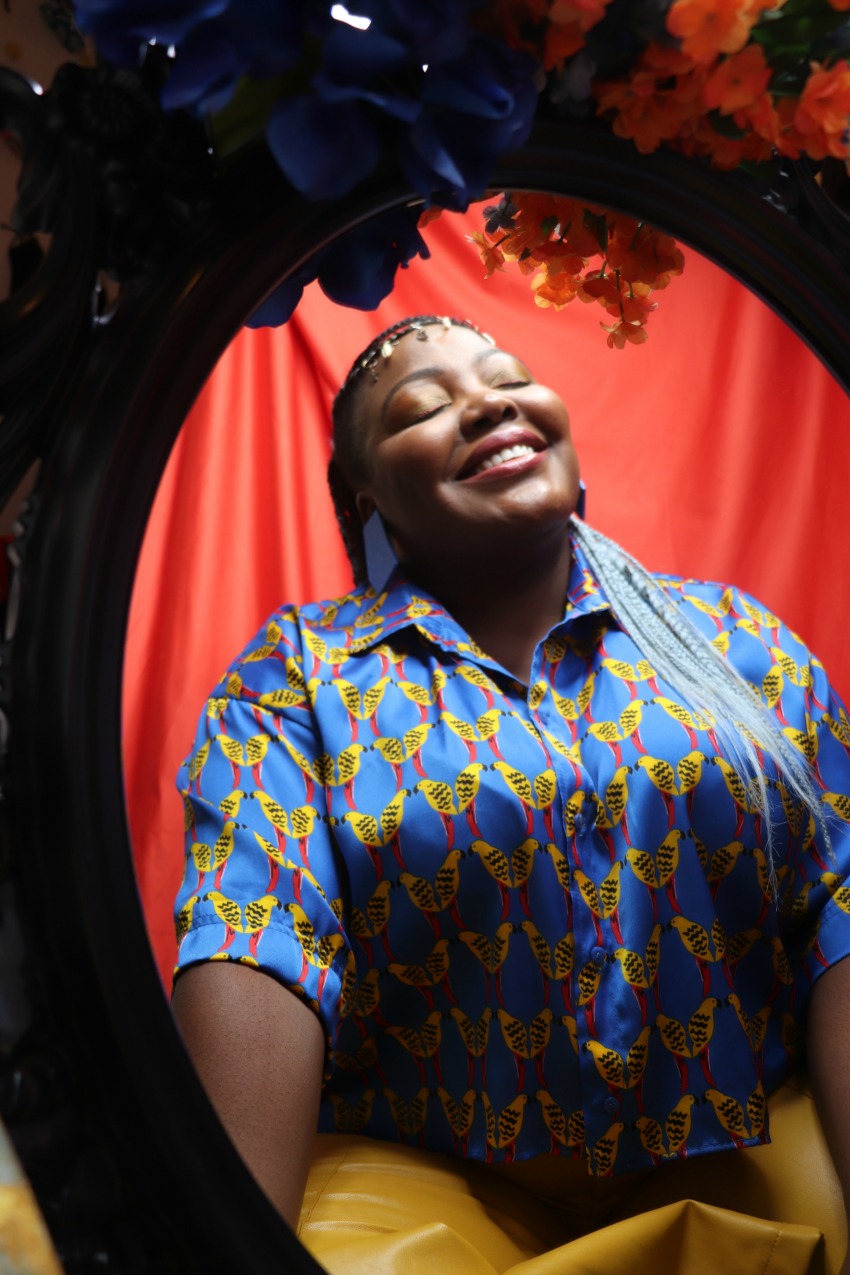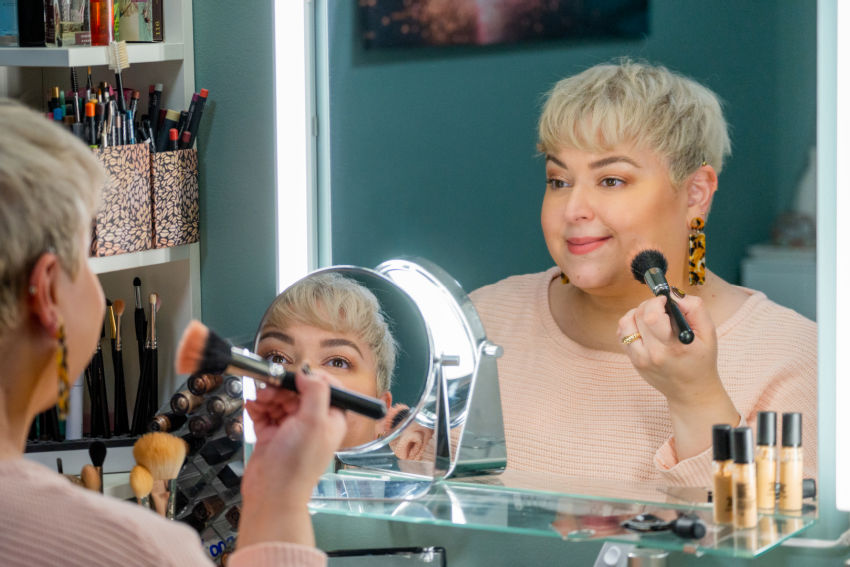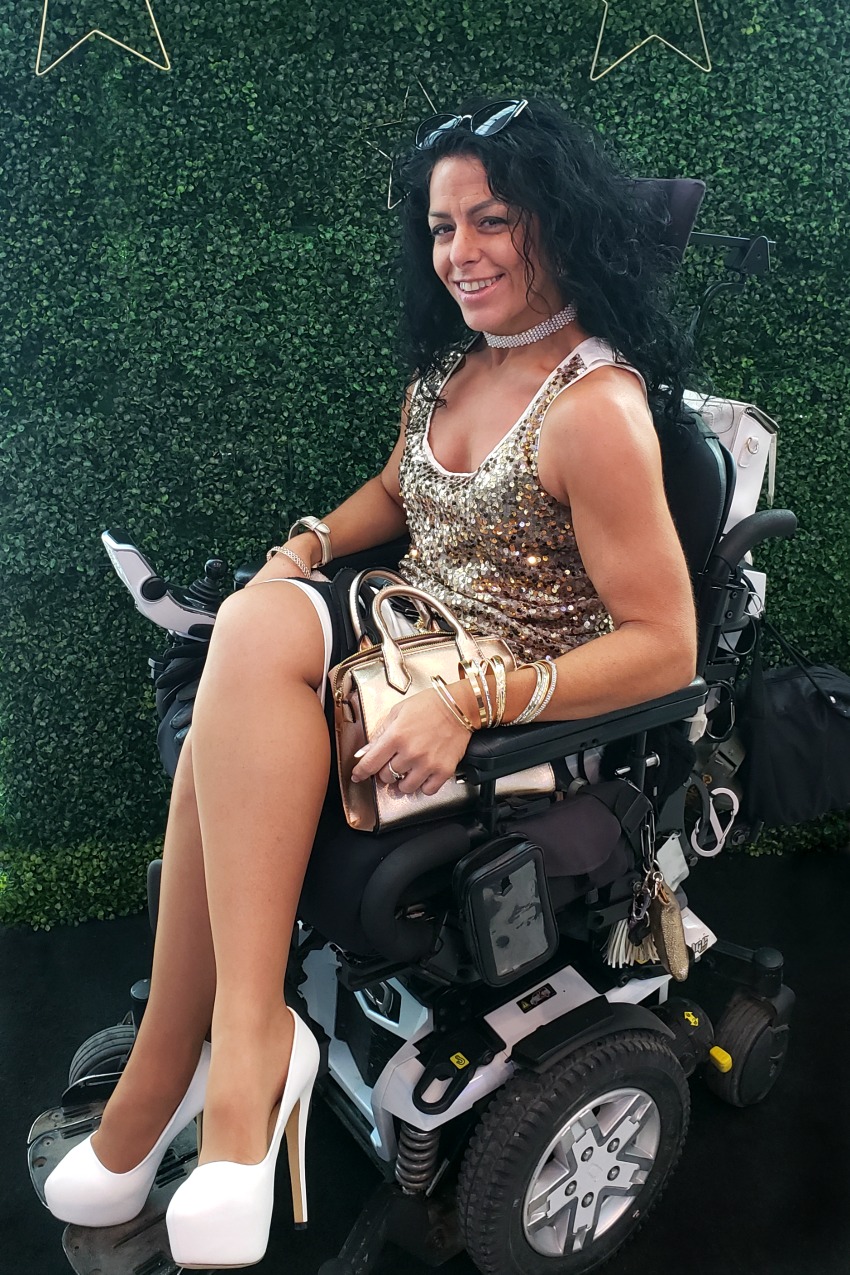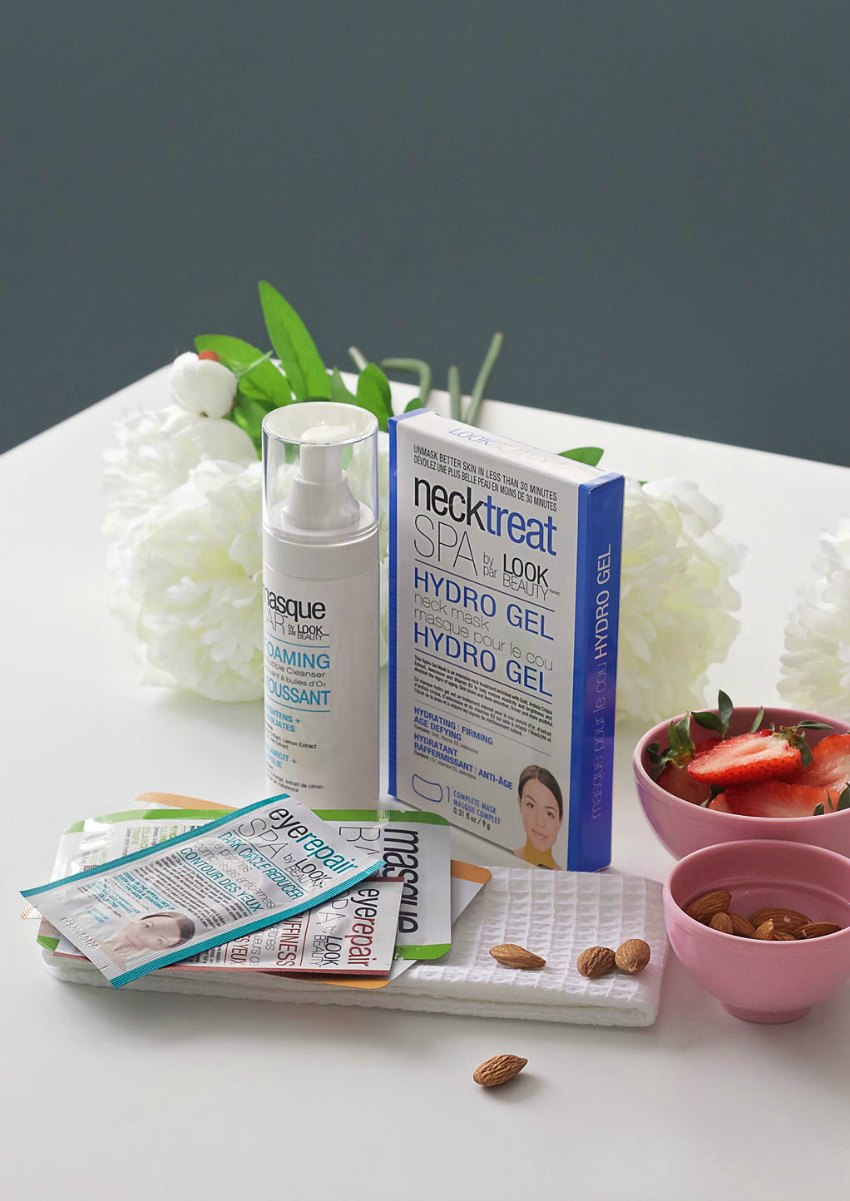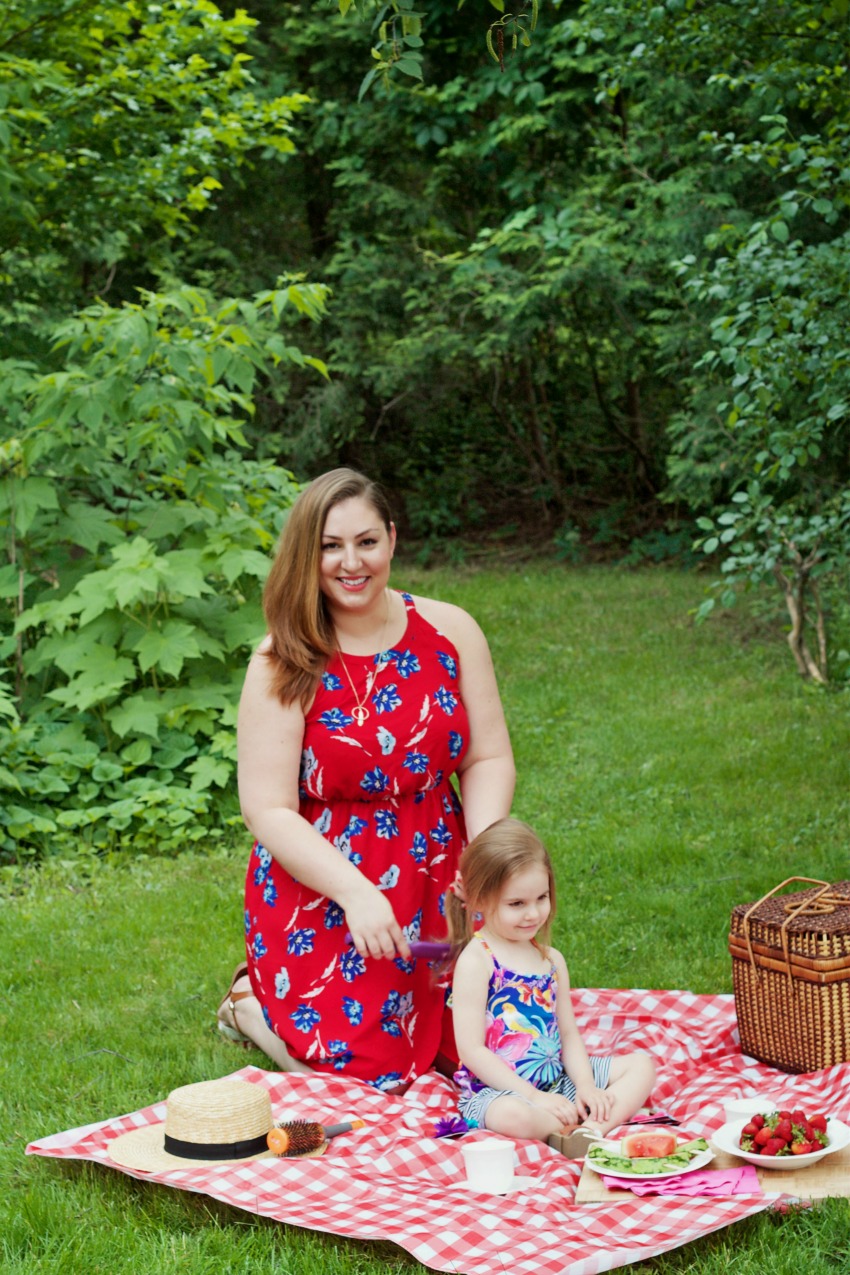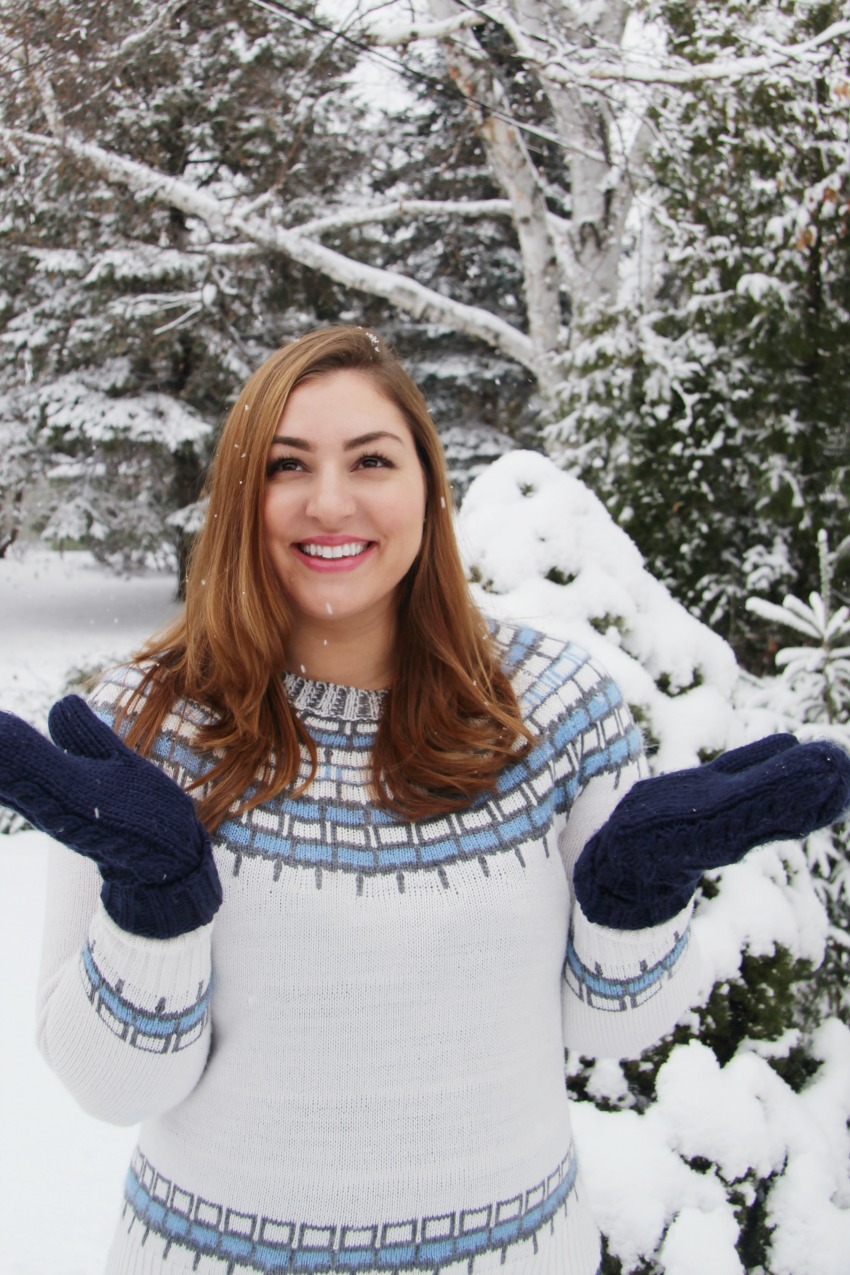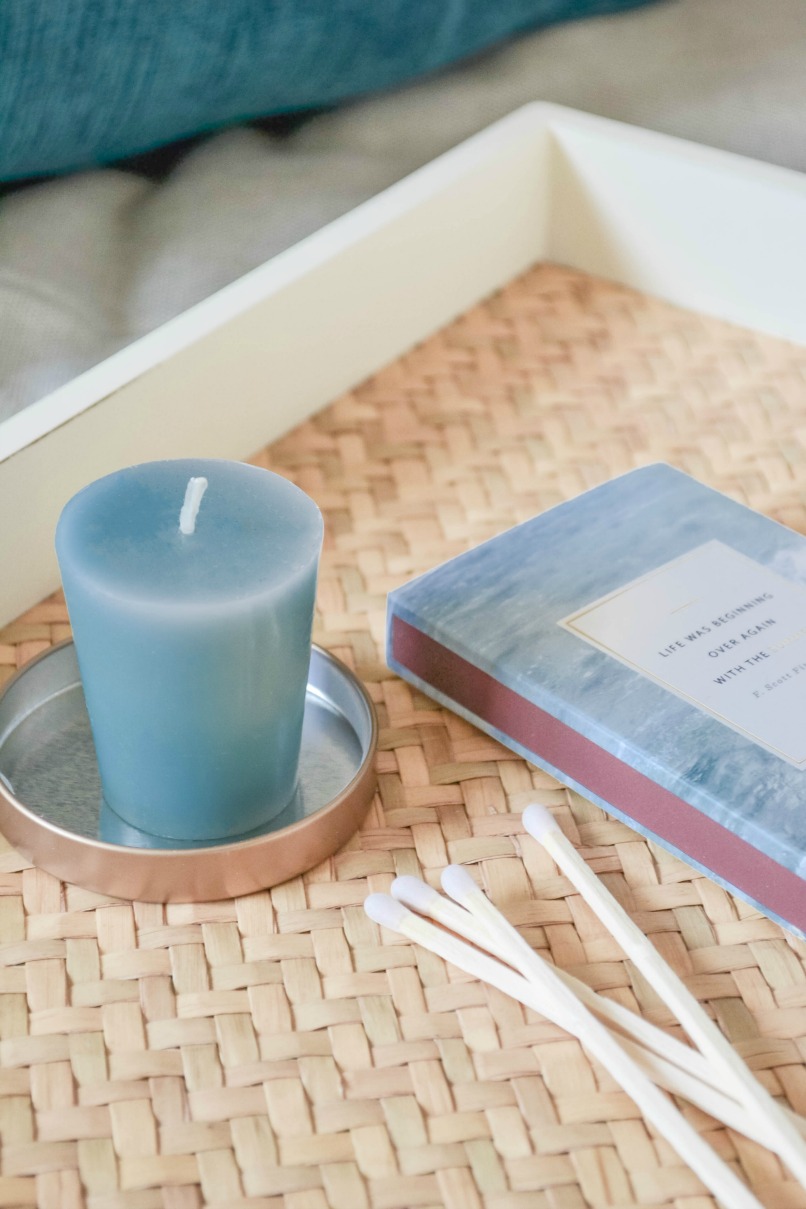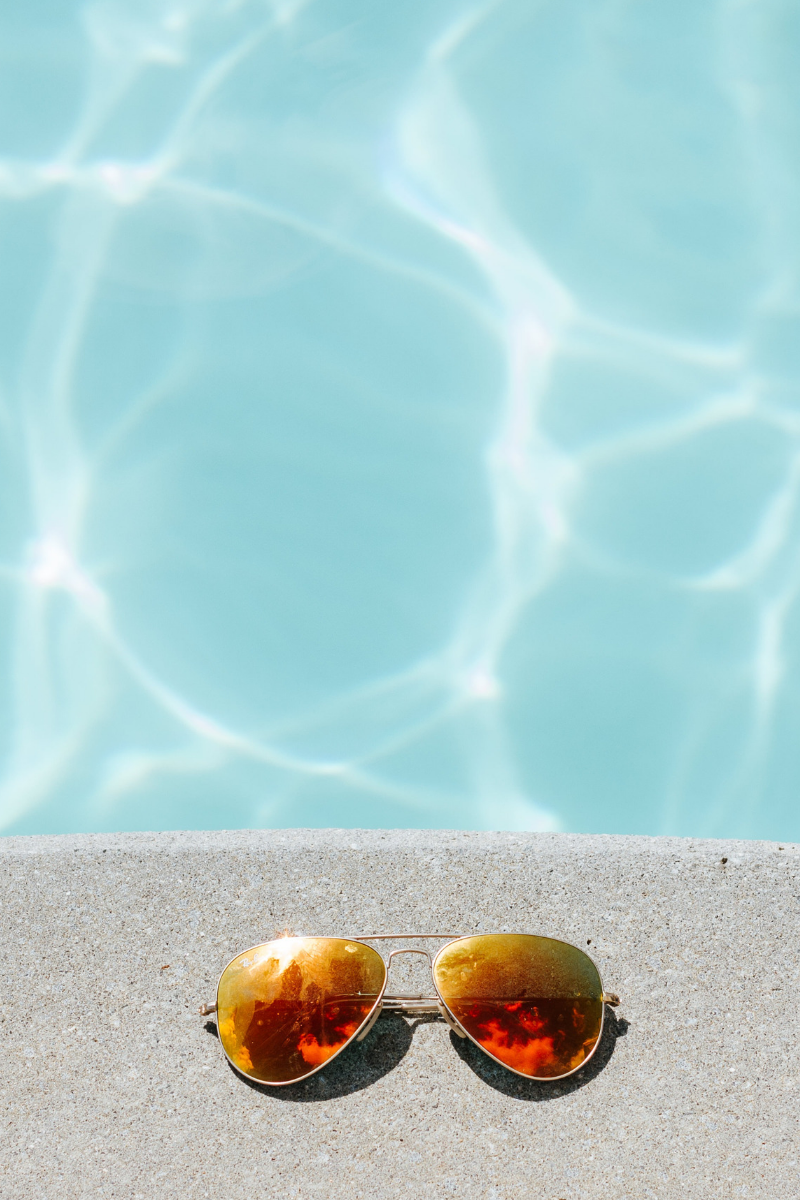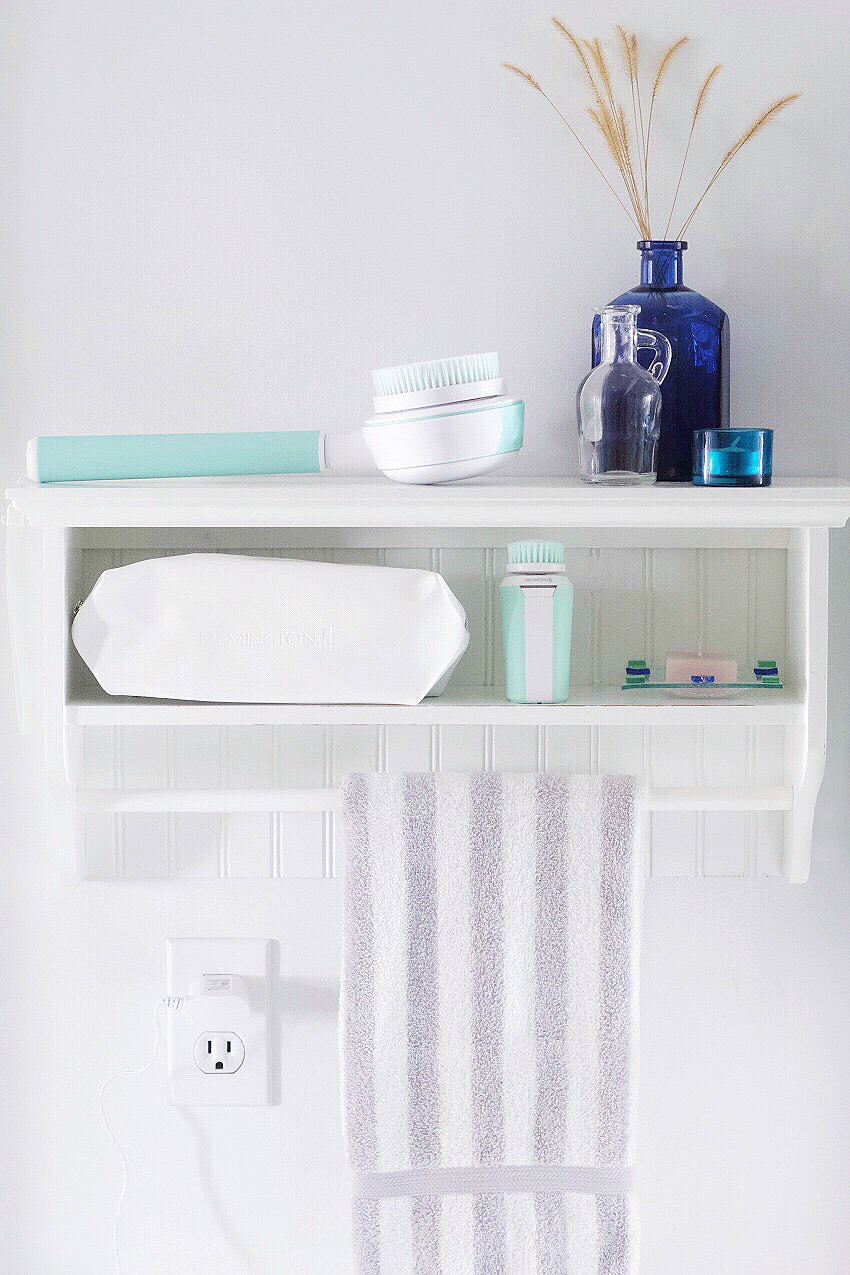I See You: Why Beauty Diversity in the Media Matters
Diversity in the media has made great strides in the past few years. However, women want to see even more. We want to see a celebration of uniqueness when it comes to the definition of beauty. It’s not just about checking a box but instead making sure a broad spectrum of beauty is represented in advertisements and online media.
When women get excluded from the narrative of ‘what is beautiful,’ they feel unseen. As highlighted in The 2017 Dove Global Girls Beauty and Confidence Report survey data: 7 in 10 women and girls believe media and advertising set an unrealistic standard of beauty most women can’t ever achieve and wish the media did a better job of portraying women of diverse physical attractiveness (1).
In response to their research, Dove launched Project #ShowUS on 27 March 2019 to change the way media and advertising represent women by creating a collection of 10,000+ images that offer a more inclusive vision of beauty for all media and advertisers to use.
In partnership with Dove and Refinery29, we invited three Canadian women to share their thoughts about the narrative of beauty in the media, how it has played a role in their self-esteem, body confidence, and ultimately, how they have chosen to advocate for themselves and others.
Milaine Astride
Milaine, a Content Creator and former Parisian now living in Ottawa, uses her social media to show women that style has no boundaries or rules.
Her thoughts on the beauty messaging in the media and self-esteem:
“I grew up in Paris, France – the capital of fashion. The French pride themselves on their elegance and beauty. Yet, I never felt my skin tone and body type were included in that definition. I felt excluded as part of the norm.
Because I couldn’t change the colour of my skin, I turned to other ways to make compromises for the ideals of beauty. I did anything I could to get thinner, even if it was harmful to myself.
For years, I taught myself to camouflage my body, but all of a sudden I found myself and my body rebelling, wanting to be seen. I was beginning to accept myself and build my self-esteem.”
How she is shifting the landscape of beauty in the media:
“When I began using social media, it was an avenue to look for body positive inspiration. While ‘beauty ideals’ are still present on that platform, to me it became a space where I could find diversity in bodies, styles, and positive messages.
When I first started experimenting with my style, some friends were surprised I could find fashionable items in my size. However their perception changed and I was even encouraged by them to create my own Instagram page dedicated to showcasing my style. In the beginning, I was hesitant because I didn’t think I would be understood or interesting enough for people.
I didn’t let that stop me. I shared images to set an example for others and let them know style has absolutely no size restrictions. We don’t have to limit ourselves, because we don’t see ourselves represented in the media. Being that representation for others is important to me and it’s also one of the many reasons I love reposting images of other inspiring influencers. I want to share different types of beauty.”
What she wants media and advertisers to know:
“Body and beauty diversity should be the norm, not the exception. I hope the media and brands will get the message: we want to see more inclusivity.”
Jessica Biffi
Jessica, a Fashion Designer and Makeup Artist from Toronto, uses her social media platforms to share her personal style, creations, and moments of her life with her fiancé and dog. She creates her own definition of beauty and style.
How the lack of beauty diversity in the media has affected her:
“When I was a teen, I had a subscription to every magazine that a girl in the 90s could ever want. I’d flip through the pages month after month, but I never saw anyone that looked like me. As a plus-size teen, I focused on the trends I felt I could partake. I shopped for shoes and accessories because those would always fit. I played with beauty trends and developed my makeup skills. No matter what my body size, those things made me feel like I could be like the model I saw on the pages.”
Why she paved her own way:
“As I got older, I decided that I would create what was missing. I became a fashion designer and makeup artist. I wanted to create a world of people that felt that they not only belonged but felt beautiful.
I know now that my beauty has always been there. Fashion and makeup became not about covering up or mimicking, but rather about creating a sense of beauty and style for myself. I strive to bring that to the work I create. Every time I receive a message relating to my level of personal confidence – that’s my teen self, living her truth. I live and create, hoping someone else will see me showing up and feel they can too.”
Her vision for the future of beauty diversity in the media:
“Beauty media has come a long way, but the work is not over until everyone can feel seen. When you see yourself represented in the media, it reinforces your self-esteem and includes you in the narrative.”
Marie Pontini
Marie, a Wheelchair Bodybuilding Athlete and Competitor from Montreal, has experienced the effects of the media’s narrow view of beauty first hand. But she hasn’t let it deter her confidence and her mission to encourage others with disabilities to express themselves with fashion.
How she views current representation in the media:
“I live with Multiple Sclerosis, a neurological and degenerative illness. I became a wheelchair user in 2017, less than a year after my diagnosis.
Because I’ve shared openly about myself on social media, I’ve had the opportunity to do interviews, photoshoots, and campaigns for a variety of media whose objective is to project diverse representation. While that may seem exciting, it’s also been disappointing and frustrating. Many times, I’ve been asked to tone down my style based on the argument that my look doesn’t represent a disabled person.
I find the portrayal of disabled people in the media continues to base itself on a limited belief and a model the media thinks society is expecting. This limitation affects how disabled people see themselves. They may not be as likely to express their fashion sense because they rarely see themselves represented in magazine editorials and ad campaigns as fashionable and beautiful.
Presenting a narrow view of what a disabled person looks like is hurtful to the disabled community. We are not our disability. Self-expression is important to us too. We want to see individuality portrayed in the media. A model can be using a wheelchair and still be stylish!”
What she wants to see change and how she’s showing up for others:
“The damage of perpetuating this kind of restricted representation makes it much harder for a disabled person to take affirmative action in their lives, practice self-love, build their self-esteem, and accept their situation.
I use my social platform to show others with disabilities they have every right to use fashion to express themselves.
By showing up online for others, I believe my perseverance will help change the image society has of a disabled person. I encourage everyone to follow people with disabilities to see diversity in their social media feed. I love supporting others who are showing up in this space and advocating for the disabled community like Tamara Mena, Woody Belfort, and Wesley Hamilton. They inspire me, as I hope to inspire others.”
The portrayal of women in the media and advertising must evolve to include a broad spectrum of diverse beauty. When women, and girls, see limited ideals of beauty on television, in movies, on social media, and in advertisements, it can leave them with a skewed concept of what is beautiful and affect their self-esteem. The definition needs to expand.
Women everywhere are pushing for change. With hashtags like #BoPo #NotBuyingIt, #FreeBeingMe #BlackGirlMagic, #LoseHateNotWeight, #EverydaySexism, #MyBeautyMySay and #IAmANastyWomanBecause – women and girls are making moves on social media to diversify the conversation and media landscape (2).
Every woman is beautiful and should be able to see herself represented in the media.
1 The 2017 Dove Global Girls Beauty and Confidence Report. p. 23
2 The 2017 Dove Global Girls Beauty and Confidence Report, p. 3
- Elevate Your Gift-Giving with Timeless Pieces from Vincero - February 5, 2024
- The Glow Up: Elevate Your Skincare - January 26, 2024
- Enjoy the Health Benefits of Smoothies - January 3, 2024

